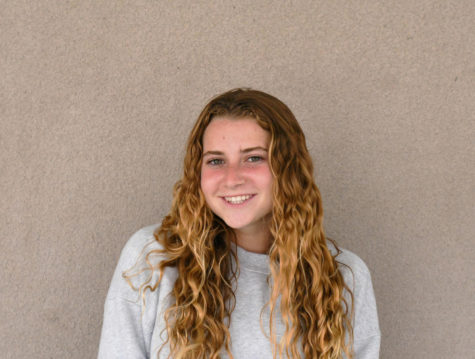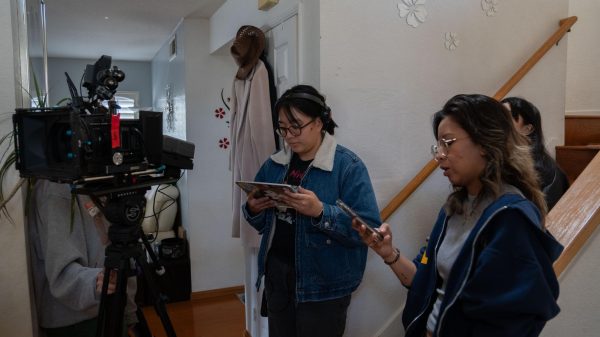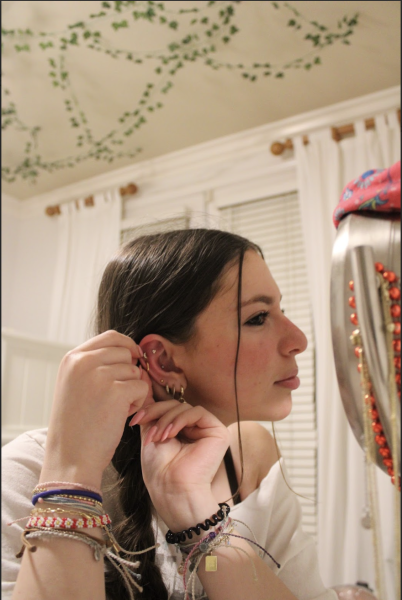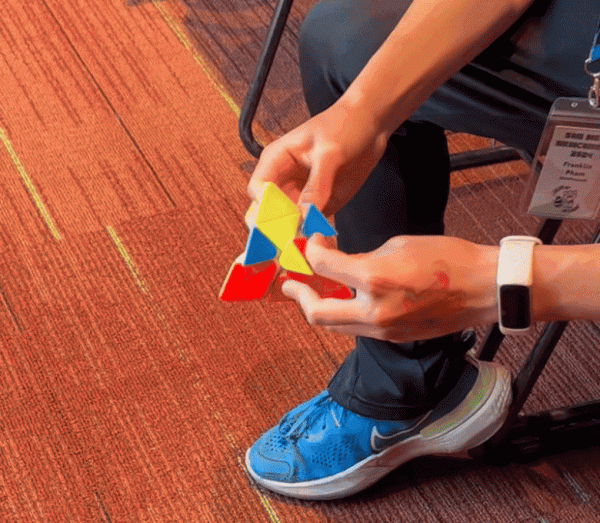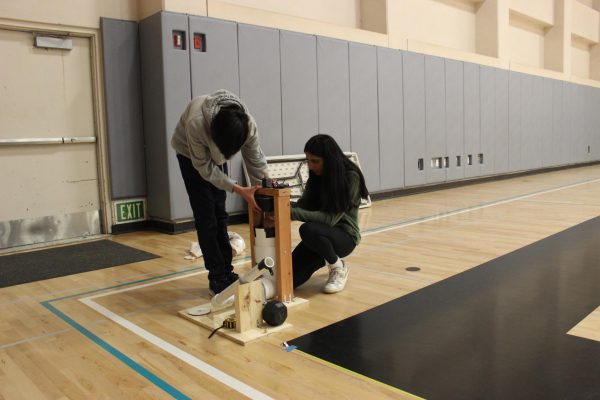Latimer explores historically Black colleges, universities
February 10, 2023
When Taisia Latimer (12) arrived at the Black College Expo in National City, Jan. 26, she was overjoyed at the sight of other Black students filling the venue. Having always attended predominantly white institutions (PWIs), she was not used to seeing so many people who looked like her; people whom she said she felt she could relate to.
“I’ve never gone to a predominantly Black school, and I think [the Black College Expo] opened my eyes [and] gave me a taste of what I would be experiencing at an HBCU (Historically Black college or university). I’ve always wanted to have more Black friends, and seeing a bunch of kids [who were] looking at the same schools [as me made me] feel a lot of love and excitement.”
Latimer has known that she wanted to attend an HBCU since she first learned of them from her mom in middle school. According to Latimer, the existence of these institutions is affirming, because in a society where Black people have historically had things taken away from them—be it through segregation, civil rights infringements, or cultural appropriation—it is important that Black people have something that is their own.
“I’m continuing to learn more and more about Black history as I get older, [and] a part of my history is that Black people could not go to colleges that were for predominantly white people in the past,” Latimer said. “And so them creating their own colleges because of how they were mistreated was really eye-opening. People don’t understand why it’s important for us to have these things, and it’s because in the past, we could not own [anything].”
Howard University was founded in 1867 as a seminary school for Black preachers, and evolved into one of the nation’s early HBUCs, with a mission of promoting Black excellence and leadership.
Mariah Hamilton (’22) is currently a freshman at Howard. She decided to look into HBCUs during her junior year of high school, because she wanted an experience that would be different from Westview. Black students make up only two percent of Westview’s student population according to the 2023 Public School Review, which is less than California’s already low average of five percent. By contrast, Black students make up 86% of Howard’s student body.
According to Hamiltion, who is majoring in psychology, the curriculum at Howard is tailored towards the Black experience.
“One thing that I’ve noticed about the curriculum is that everything is kind of centered around teaching the Black experience,” Hamilton said. “Like in English classes, we read primarily Black authors. It’s been helpful, especially because most schools just teach the same, very Eurocentric point of view. It’s good to get a different perspective.”
Something that Latimer is particularly looking for in her college experience is the opportunity to learn from primarily Black professors.
“I just always thought it was cool to be taught by teachers who look like me and relate to my experiences,” Latimer said. “There’s a lot of teachers who can’t really understand [my experience], and that’s an issue. There’s teachers who don’t know what I go through, or [how] I’m treated differently. I want to go to a school where I know I won’t be judged based on my skin color first.”
Latimer said she has realized the importance of educational representation through her connection with the one Black teacher she has had at Westview, NJROTC advisor Captain Thomas Adams.
“It’s easier for me to go and talk to Captain,” Latimer said. “[For example], I’m now taking Ethnic Lit, and there’s [times when I] hold my tongue, so I kind of have to release my anger [to him] when a person doesn’t understand something, or really [doesn’t] relate to it. I take it to Captain Adams, because I know that he understands me more, and he always shares his experiences with me.”
According to Hamilton, the community at Howard is tight-knit and empathetic, and that includes the professors.
“Just being in an environment that supports anything that you need has been [amazing], and everyone is very understanding of your experience,” Hamilton said. “There’s no sort of disconnect there.”
Latimer said she is looking forward to forming connections with Black peers next year, whether that be on the cheer team, in ROTC, or in the classroom as she pursues a pre-law degree. And all the while, she hopes to contribute to the breakdown of societal barriers for Black people, specifically Black women.
“Less than 5% of [lawyers are] Black [women], and I want to be a part of [changing] that,” Latimer said. “I don’t want to be defined by that stereotype. I want to challenge it.”


